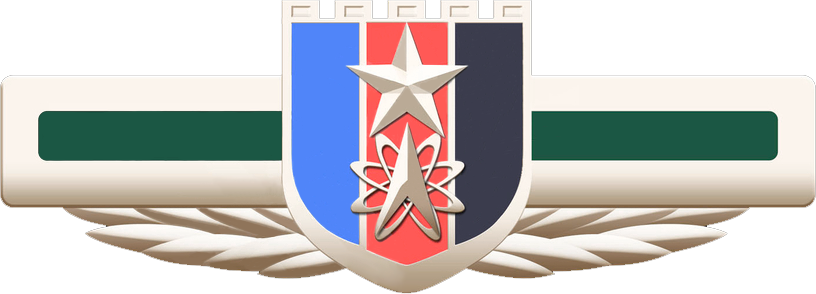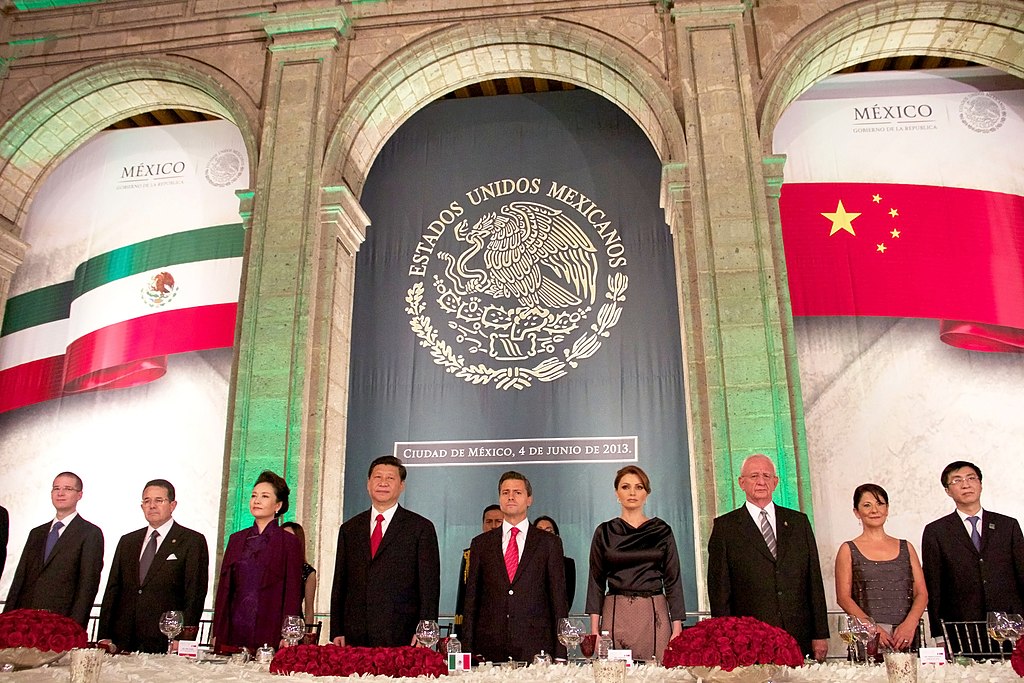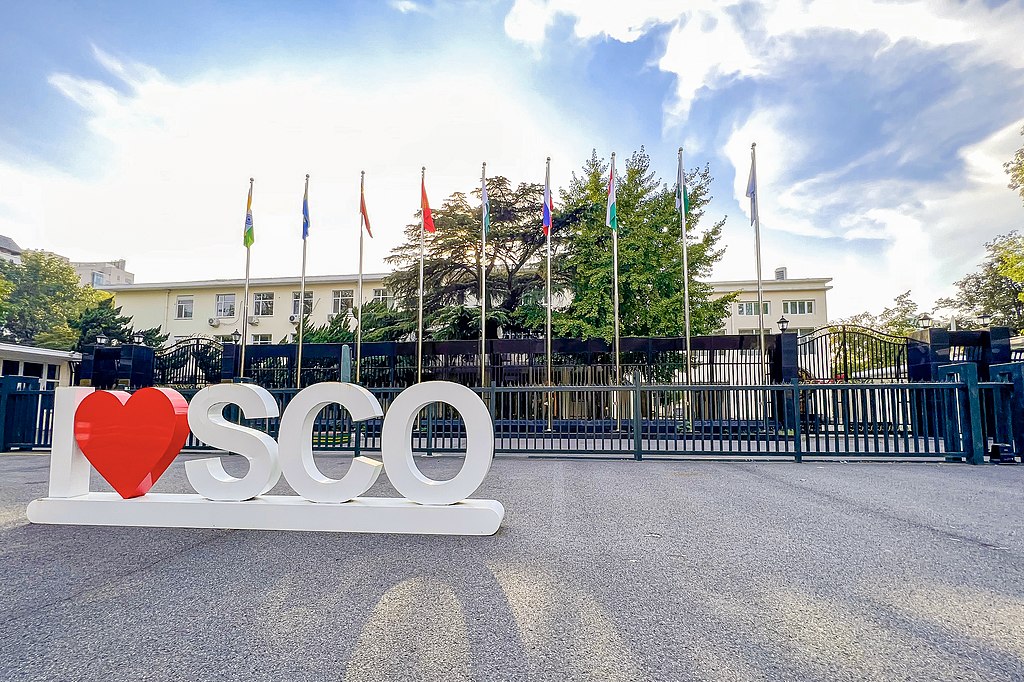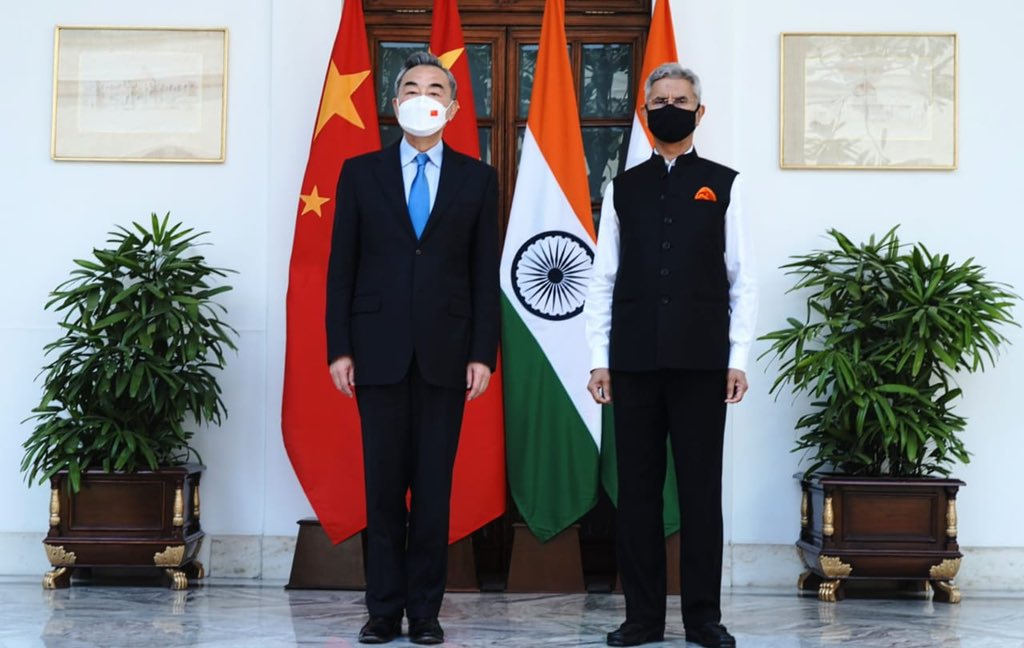
JS Kurama sails in the East China Sea during a trilateral exercise, June 2021.
“When Sino-Japanese relations become extremely tense, there will be another reconnaissance ship that will continue to perform missions in the waters surrounding Japan.”
On 10 May, the Chinese-language website sohu.com published the below excerpted article, which justifies Chinese naval activities in the East Sea as a response to perceived hostile actions by Japan. Moreover, the article indicates that Chinese pressure against Japan is achieving positive results. According to the article, a Chinese naval reconnaissance ship entered the Sea of Japan through the Tsushima Strait between South Korea and Japan, sailed around Japanese territory, and came within only six nautical miles the Japanese coast.[i] While the article refrains from claiming any strategic benefits, it argues the operation succeeded in frightening and thus sending a message to Japan.
The article also claims that Japanese media has interpreted the Chinese naval activities as treating Japan as an enemy. It suggests that as long as Sino-Japanese relations remain tense, Chinese naval reconnaissance ships will continue performing missions in the waters surrounding Japan. Likewise, the article notes that China dispatched several destroyers and other naval ships to conduct live fire drills in the East Sea after pro-Taiwan remarks were made by officials at the G7 foreign ministers meeting in Nagano, Japan. The end of the article alludes to the alliance between China and Russia, where it notes that Japan erred by trying to restore militarism and embracing confrontation with China and Russia.[ii] As a result of this, the article argues that Japan was exhausting its Self-Defense Forces in dealing with both Chinese and Russian military pressure. This implies that China is employing a strategy of weakening the Japanese military through over-extending its forces and wearing it down, a strategy China continues to use against Taiwan.
Source:
“解放军军舰横穿日本,距离海岸仅6海里,海自如临大敌 (The warships of the People’s Liberation Army went across Japan, only 6 nautical miles from the coast, and freely encountered the enemy),” sohu.com (popular pro-government Chinese-language website targeting a youth and gaming readership), 10 May 2023. https://www.sohu.com/a/674302624_121462986
Japan has become an anti-China bridgehead, and the reconnaissance ships of the People’s Liberation Army (PLA) approached its territorial waters to frighten the Self-Defense Forces sufficiently. According to the news released by the Ministry of Defense of Japan, the reconnaissance ship sailed around Japan in three weeks…. At the closest time, it was only about 6 nautical miles from the Japanese mainland.
When Sino-Japanese relations are extremely tense, there will be another reconnaissance ship that will continue to perform missions in the waters surrounding Japan.
In response to remarks related to Taiwan made at the G7 foreign ministers’ meeting, China not only rejected such ludicrous remarks diplomatically. At the same time, a destroyer from the navy in the Eastern Theater Command of the PLA was dispatched to conduct live-fire shooting training in a specific area of the East China Sea.In recent years, Japan has had to face regular military pressure from China and Russia, which has exhausted its Self-Defense Forces.
Notes:
[i] The Tsushima Strait was the site of the Russo-Japanese War in 1904-1905 in which Japan was victorious. More than one century later, since 2020, Japan has observed an increase in Russian naval ships that have passed through the Tsushima Strait and Soya Strait to its north nearly twice as often than a decade earlier. This has concerned the Japanese Ministry of Defense. See Japan Ministry of Defense, “Development of Russian Armed Forces in the Vicinity of Japan,” mod.go.jp, September 2021. https://www.mod.go.jp/en/d_act/sec_env/pdf/ru_d-act_e_210906.pdf
[ii] Although Japan has been upgrading its military capabilities over the past several years, this has been amid—and generally in response to—a military build-up by China. Further, Japan has consistently since the 1990s spent only between .09% and 1% of its GDP on the military. China, however, has viewed Japan as engaging in “military expansion planning” and has strongly criticized Japan for this. For more, see: Sheila A. Smith, “How Japan Is Upgrading Its Military,” CFR, February 24, 2021. https://www.cfr.org/in-brief/how-japan-upgrading-its-military
Image Information:
Image: JS Kurama sails in the East China Sea during a trilateral exercise, June 2021.
Source: Paul Kelly https://commons.wikimedia.org/wiki/File:JS_Kurama_sails_in_the_East_China_Sea_during_a_trilateral_exercise,_-21_Jun._2012_a.jpg
Attribution: CC x 2.0

![Hongdu GJ-11 Sharp Sword[RG1] (Chinese unmanned combat aerial vehicle).](https://hg2wordpressfmsostor01.z2.web.core.usgovcloudapi.net/OE Watch Issues/2023-06/Shrimpton-01-Hongdu-GJ-11-Sharp-Sword-Chinese-unmanned-combat-aerial-vehicle.jpeg)





.jpeg)
